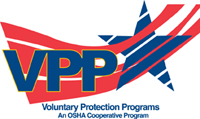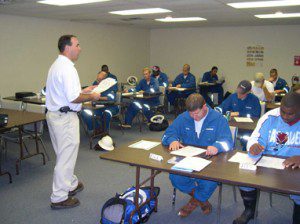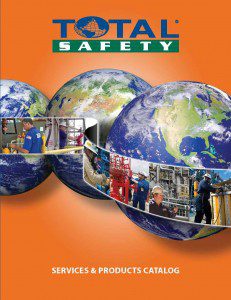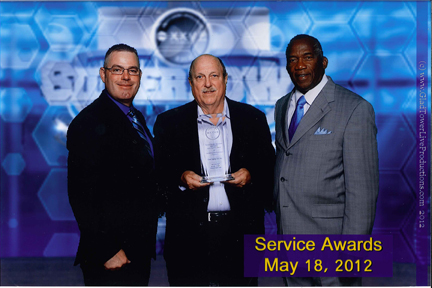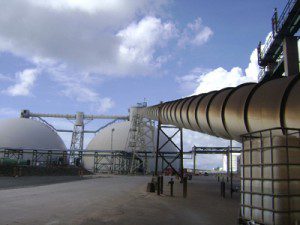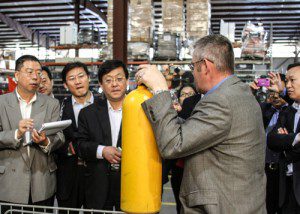By John Baker, Total Safety Certified Industrial Hygienist
The public debate about hydraulic fracturing, or “fracking,” has weighed the potential for environmental pollution versus the economic and energy independence benefits which fracking has unlocked. But recently, worker exposure to silica dust during fracking has been highlighted by the National Institute for Occupational Safety and Health (NIOSH).
One commonly used method of fracking requires large volumes of sand and water to be pumped into wells at high pressures to break up tight formations, like shale, which have trapped oil and gas. Many truckloads of sand are off loaded and transferred by conveyor belts before being mixed with water and other chemicals and pumped downhole. The dust produced, which may contain up to 99% crystalline silica, is a health concern due to the risk of silicosis, a progressive and disabling lung disease.
Several oil and gas companies partnered with NIOSH in the collection of 116 personal air samples at 11 fracking sites in five states. Almost half of the air samples exceeded the enforceable OSHA Permissible Exposure Limit (PEL), which is defined on a sliding scale depending on the amount of silica in the respirable fraction of dust collected. NIOSH has established a recommended silica exposure limit (REL) of 0.05 mg/m3. Almost 80% of the samples exceeded this REL.
Until a safe and economically viable substitute can be found or engineering controls such as exhaust ventilation are installed, personal protective equipment including respirators must be used. A NIOSH approved, properly fitted and worn half mask or filtering facepiece dust respirator provides protection only up to 10 times the relevant occupational exposure limit. Almost 10% of the samples were at least 10 times the OSHA PEL and 30% of the samples were at least 10 times the NIOSH REL. Dust respirators alone may not adequately protect workers from the risk of silicosis during fracking. An OSHA NIOSH hazard alert may be downloaded at http://www.osha.gov/dts/hazardalerts/hydraulic_frac_hazard_alert.pdf . This excellent document provides detailed information about the study and links to additional information.
Industry and government are continuing to cooperate on finding workable controls. Rick Ingram, S.G.E, BP North America Gas, and the Chairperson of the National STEPS network states that:
NIOSH, OSHA and the US Onshore E&P Industry have been working in a cooperative effort to ensure that we fully understand this issue and protect our workers. As part of this effort, a focus group has been formed to further explore respirable silica, share best practices and develop a unified plan forward. Our industry has much to be proud of. We have the privilege of helping to supply low cost domestic energy to our nation while providing high quality, good paying jobs. Through the efforts of industry associations, organizations and agencies such as API, AESC, IADC, IPAA, SafeLandUSA, National STEPS Network, NIOSH, OSHA, educational institutions and countless dedicated individuals and professionals, we are we are working diligently to make our industry segment the safest of all industries. The fact that this hazard was identified and is being mitigated though voluntary, cooperative efforts demonstrates how far we have progressed and the very positive future of health and safety in US Onshore Exploration and Production segment. To learn more, visit www.nationalstepsnetwork.com.
To learn more about potential respiratory hazards during fracking, call us at 888.44.TOTAL.



